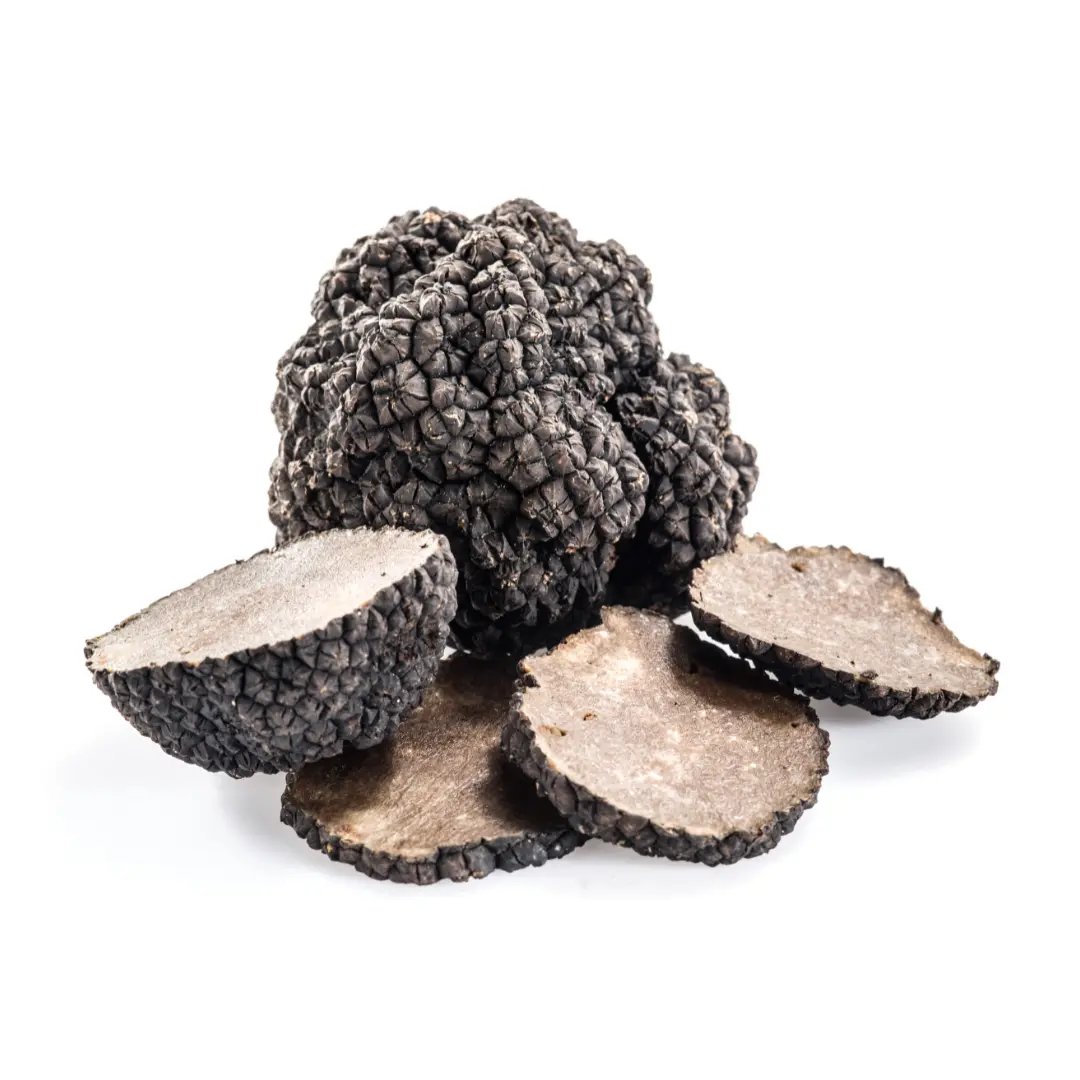Advancing Truffle Cultivation through Soil Microbiome Analysis
In Teruel, Spain, a truffle grower wanted to ensure its black truffle crop was progressing correctly. Black truffle cultivation occurs by a fungus with symbiosis with certain plants. Instead of just growing the plants, the farmer has to make sure the plants help the truffles grow. This is a special challenge because, normally, farmers focus on the plants, but in this case, the main goal is to create the right conditions for the truffles to grow. It's a different and unique approach.
Share this

The Solution
To address the challenge of black truffle cultivation, the producer partnered with Biome Makers, who offer the innovative BeCrop Test, a microbiome soil analysis.
A soil sample is taken from the farm, and then the sample is processed using DNA sequencing and AI to understand the different functions of the soil microbiome.
By leveraging advanced technologies and data-driven insights, BeCrop Test provides crucial information to optimize the growth and symbiosis of black truffles with the host plant. This cutting-edge approach equips our clients with precise recommendations and a deeper understanding of their soil ecosystem, leading to enhanced truffle cultivation outcomes.
Results
Truffle crops are characterized by the presence of the so-called "burned" areas. This means that natural bald patches occur, and there is a complete absence of vegetation around the tree trunk due to the presence of Tuber melanosporum, which is a fungus that competes strongly with other microorganism communities. Based on this information and background, we can find:
- Values of inorganic phosphorus consumption and high methanogenesis: this index is of interest to truffle growers because it implies that the fungi are feeding correctly, and as endomycorrhizal fungi, they are indirectly nourishing the plant.
- Low values in resilience indices, low hormone production indices: Why? The fungal communities of Tuber melanosporum are highly competitive, which depletes other communities in the area. However, for the client, this is a positive sign as it indicates the presence of Tuber communities.
- There is a higher presence of Tuber in areas that have not been plowed. This is a relevant aspect to consider when truffle growers aim to increase these populations as much as possible to enhance the consolidation of these communities and ensure truffle production.
- As this is an almost forest-like exploitation, with oak and oak tree plantations that do not apply treatments as the well-being of the plants is not sought, diseases are barely a concern (besides oaks being highly resistant species with minimal disease risks). As a result, this exploitation has shown HIGH BIODIVERSITY values.
NEXT STEPS:
The stages for future sampling have been defined with the client to analyze the presence of Tuber melanosporum, which is expected to:
- Be higher during the primordia development phase, occurring in the autumn stages.
- Be lower during summer when it is in a latent state and restricted to the root zone nearby.
- Show increased presence during the spring stage of mycelial network development.
BeCrop Test
The most advanced biological soil testing.
Download .PDF
BeCrop showed which biology I had for good nutrient pathways. If you are not testing, you are guessing. Biome Makers helps take a lot of that guesswork out with the technology they provide. BeCrop is the key to productive and nutrient-dense crops.

Matt Rasmussen
Farm Manager, Rasmussen Farms
Get in touch!
We are happy to answer your questions.
Get a quote
Use BeCrop test in your farmland today